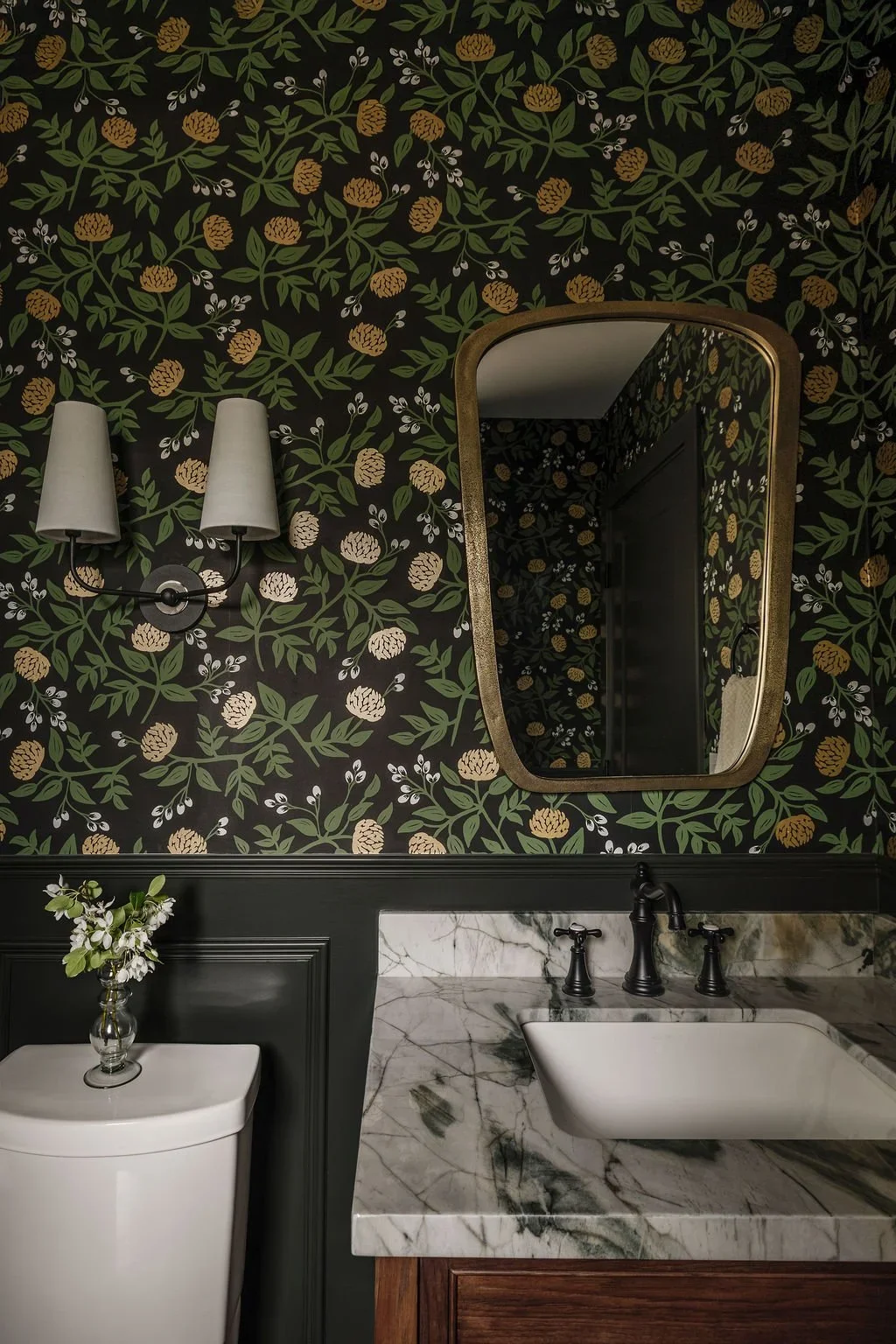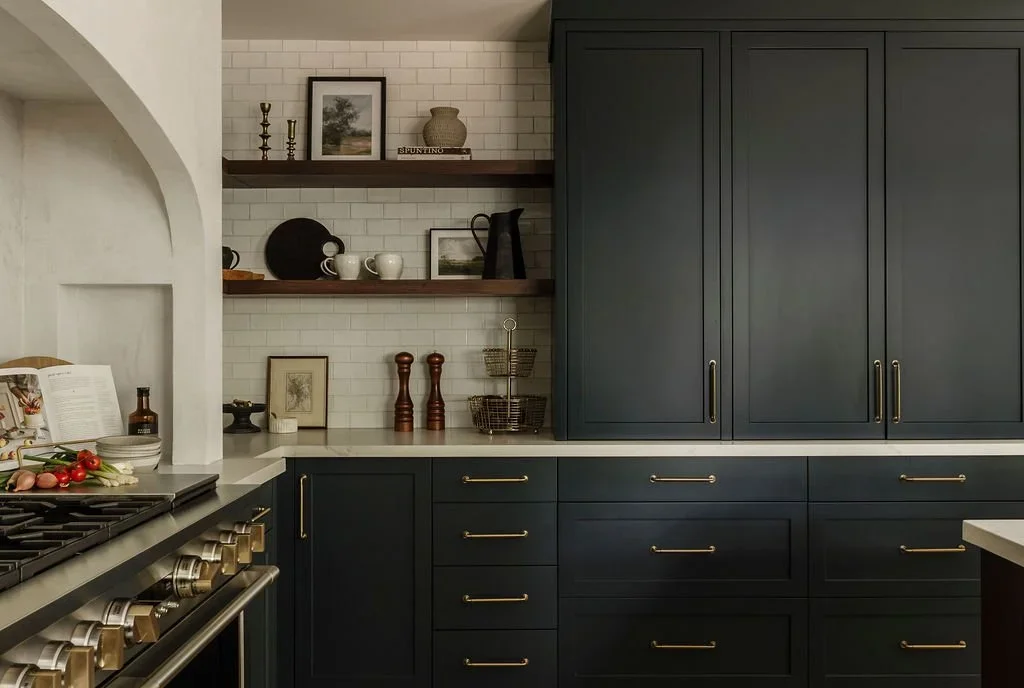Escaping the Pinterest Trap in Interior Design
We all do it. Scrolling through Pinterest or Instagram, saving the same handful of beautifully styled rooms. The soft neutrals, the perfect arches, the coffee table stacked just so. Before long, you start to look around your own home and wonder why it doesn’t feel quite like that.
I see it often. Clients come in with dozens of saved images, full of inspiration but also a little bit of self-doubt. It’s what I like to call House Dysmorphia, the feeling that your home somehow isn’t enough because of what you see online. But what’s often missing from those photos is context. Those picture-perfect rooms are styled for a single moment in time. Behind the scenes, designers spend hours moving, lighting, and adjusting every detail to capture that shot. It’s not real life, and it’s not how most people actually live.
Good design, though, can help bridge that gap. My job is to make that level of beauty livable through thoughtful storage, smart functionality, and materials that work as hard as they look. That’s how a home stays beautiful day after day, even when it’s full of real life.
When Every Home Starts to Look the Same
Trends move fast, and lately it feels like everyone’s house is starting to look the same. The same arch mirror. The same bouclé chair. The same beige everything.
There’s nothing wrong with admiring what’s popular, but when spaces become too similar or repetitive, something important gets lost: you. As a designer, I always ask my clients what it is about a photo they love. Is it the light? The texture? The calm feeling it gives them? Once we know that, we can reinterpret it in a way that feels personal and original.
Otherwise, design becomes a bit like fast fashion. Temporary, and easy to tire of. The most timeless spaces are the ones that reflect their owners, not the algorithm.
How to Stay Inspired Without Chasing Trends
Micro trends come and go faster than ever and can sometimes feel forced, or generic if they aren’t used in the right context. If you try to keep up with every new look, you’ll end up buying more, replacing more, and losing the continuity that makes your home feel grounded.
My advice? Invest in the pieces that matter most. Sofas, dining tables, and built-ins should be enduring. Let your personality shine through in smaller accents like pillows, art, and lighting that can evolve over time. If you’re curious about a trend like fluting or lime wash, try it in a small way first such as an accent wall, a hood detail, or even a plaster inspired canvas. That way, you can play without committing your entire home to a passing style.
The Case for Quality Dupes
There’s a lot of talk about “dupes” these days, and I’ll admit I’m not against them. Some designs are so rare or expensive they’re simply out of reach. If a reputable company creates a piece that captures the same craftsmanship and spirit of the original, I’m all for it.
For example, there are light fixtures that cost $40,000, and their dupe might be $5,000. It’s still an investment, but a realistic one and often beautifully made. What matters is quality. When the detailing, structure, and materials are done right, you can enjoy that timeless look without compromise.
What I steer away from are the cheap imitations that miss the mark entirely. I’d rather see someone put their money into a vintage piece with character than a flimsy copy of something iconic. Authentic craftsmanship, whether new or old, always has a presence that can’t be replicated.
Knowing Your Limits (and When to Call a Pro)
I love a good DIY project. I paint my own walls, hang wallpaper, and enjoy the process. But that’s because I’ve spent years honing those skills. The key to a successful DIY is knowing your limits.
Before you try a “design hack” you saw online, ask yourself if you have the right tools and patience for it. Paint, for example, seems simple but can make or break a room. Those crisp lines around trim take practice. If you’re new to it, start small by repainting a picture frame or side table first. Once you’ve built confidence, move on to bigger projects. And when something feels out of your depth, call a professional. It’s worth it.
Bringing It All Together
Pinterest, Instagram, and TikTok are incredible tools when used the right way. I use them every day to gather ideas and spark creativity. But I never look at a room and think, “Let’s copy that.” Instead, I ask, “What about this speaks to me?”
Maybe it’s the soft layering of textures. Maybe it’s the natural light or the balance of old and new. When you look closely at what draws you in, you start to see patterns, and those patterns help define your personal style.
Remember: inspiration should guide you, not box you in. The goal isn’t to recreate someone else’s home, it’s to create your own.
If you need help turning that inspiration into something real, let’s chat.




